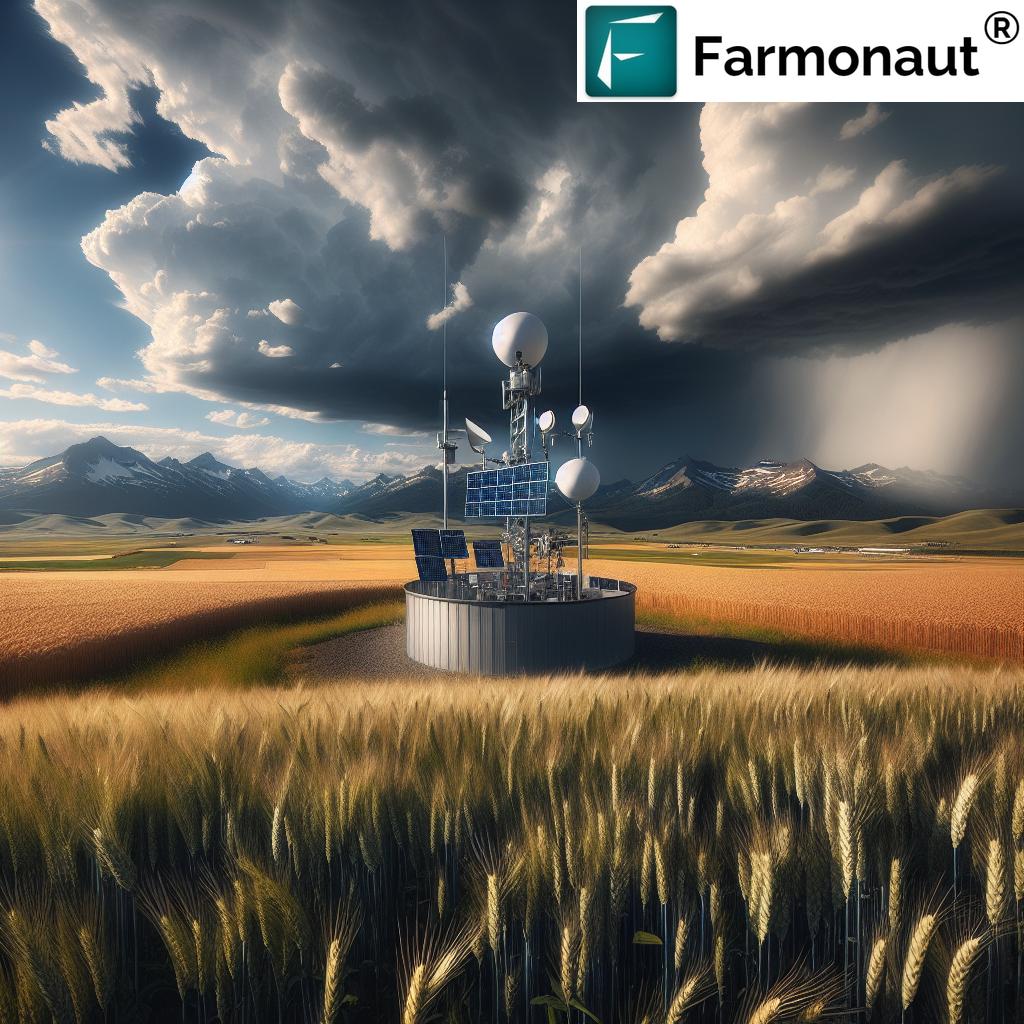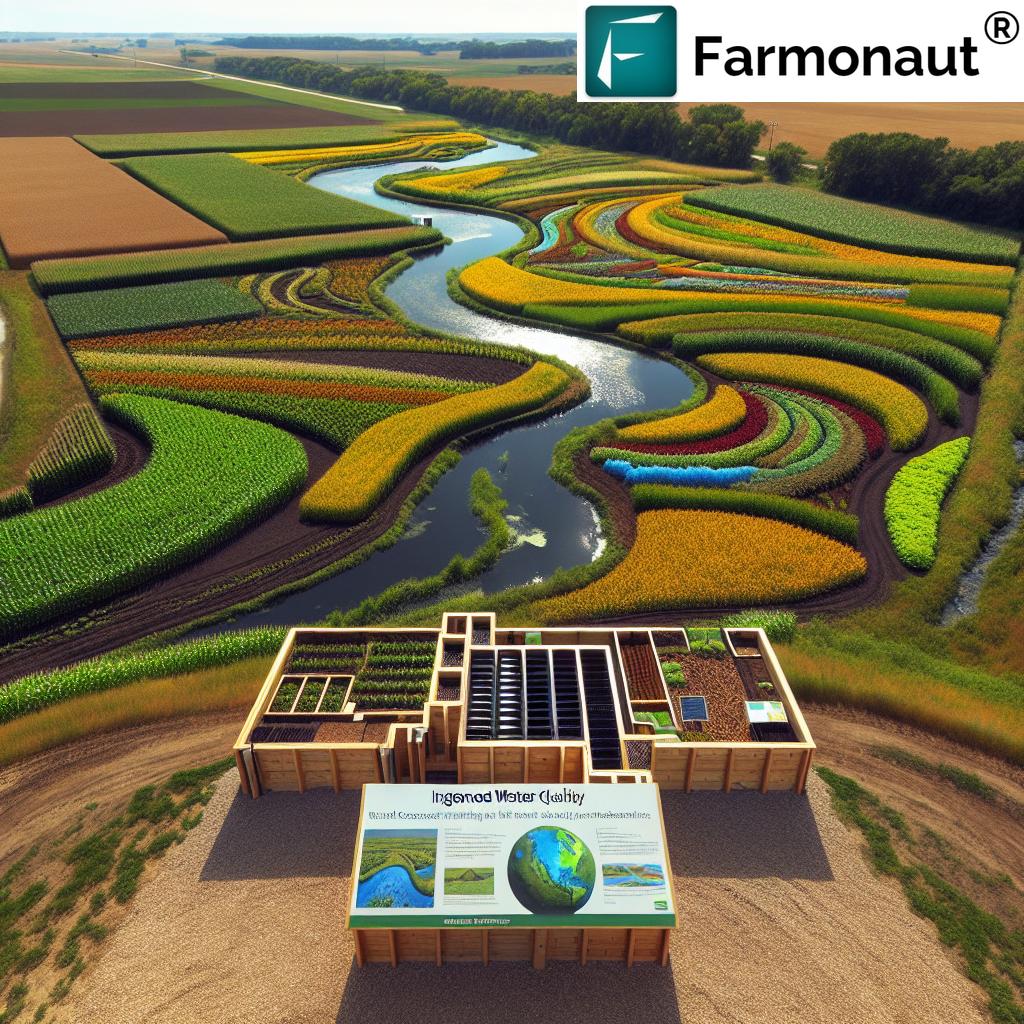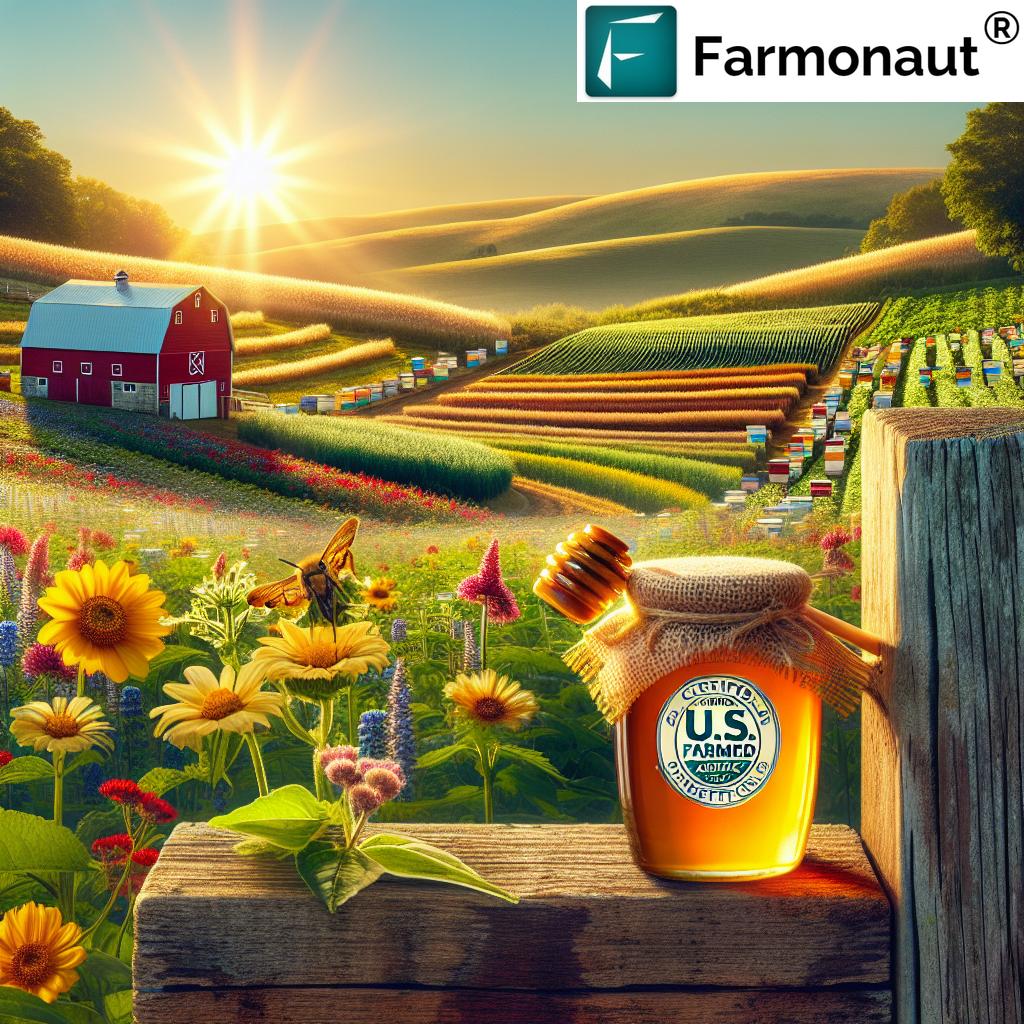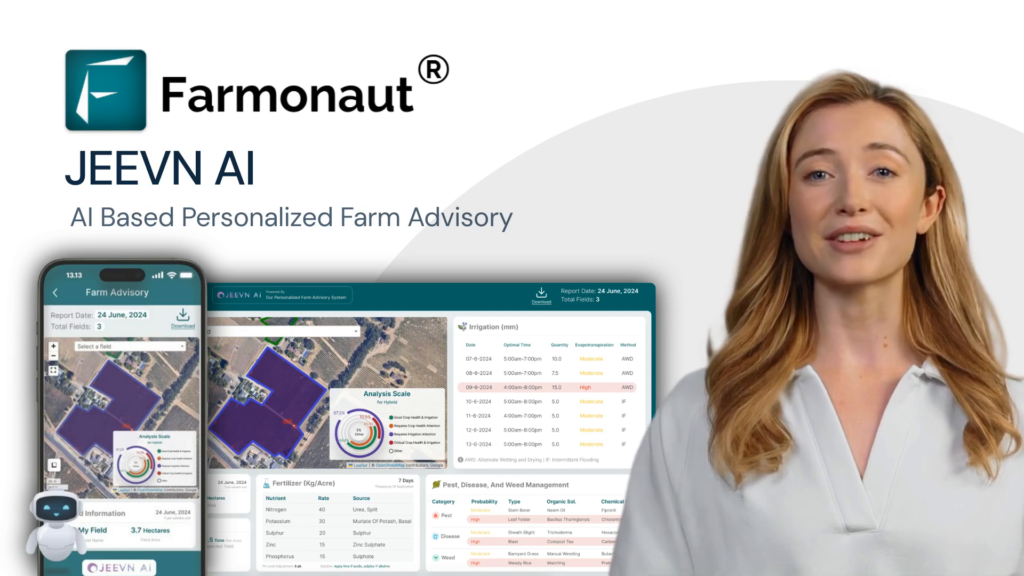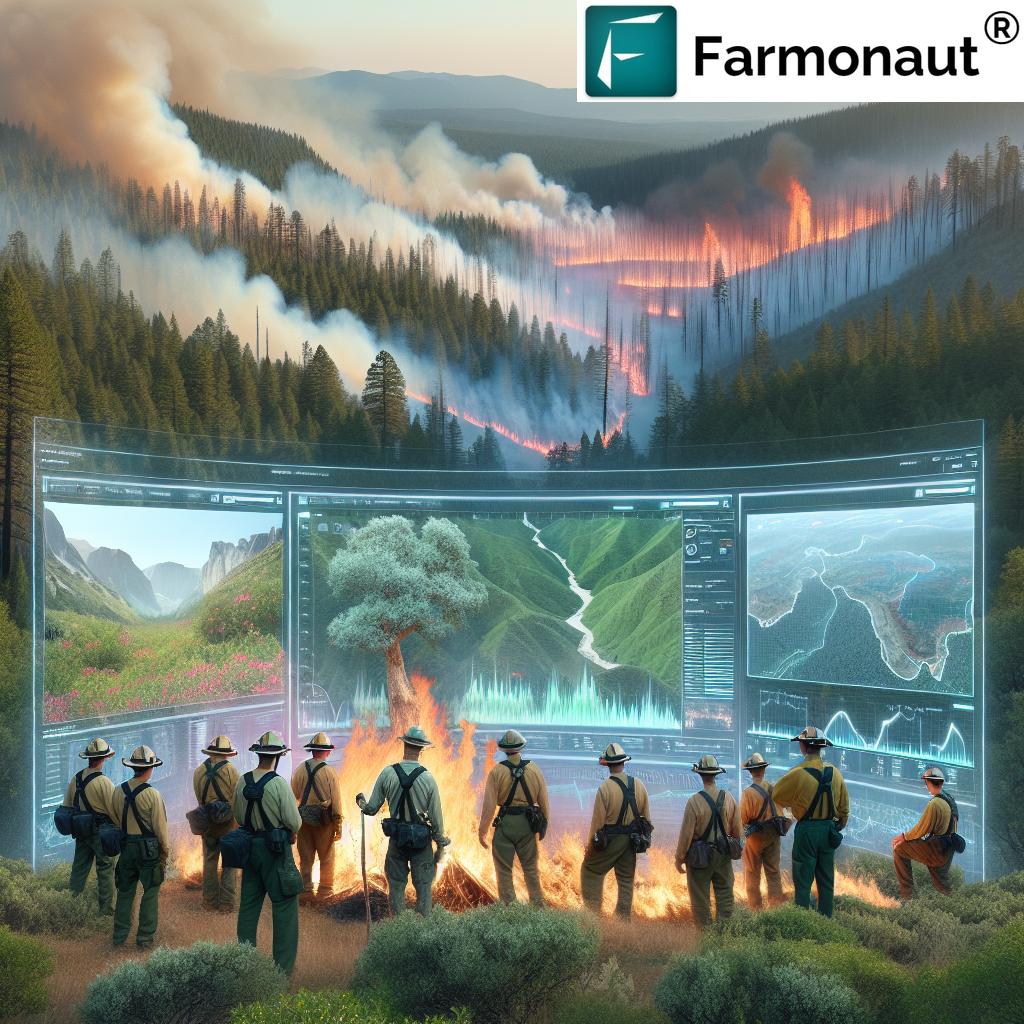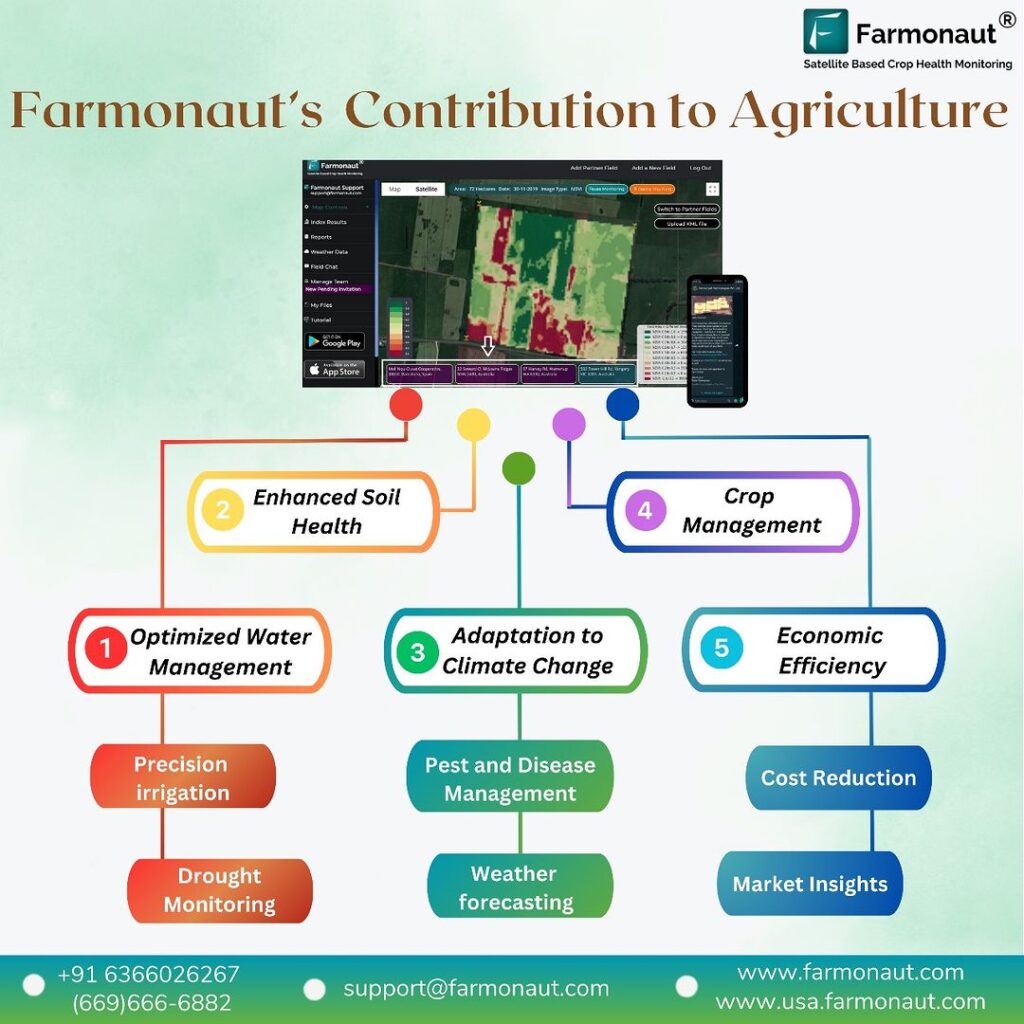Kansas City’s Winter Forecast: Groundhog Day Meets Super Bowl Groundskeeping Legacy
As we dive into the heart of winter, two seemingly unrelated events converge to create a fascinating tapestry of American culture, weather prediction accuracy, and sports turf management. On one hand, we have the quirky tradition of Groundhog Day, and on the other, the legacy of a groundskeeping legend preparing for the Super Bowl. Join us as we explore this unique intersection of folklore, science, and sports that captures the essence of American traditions and innovation.
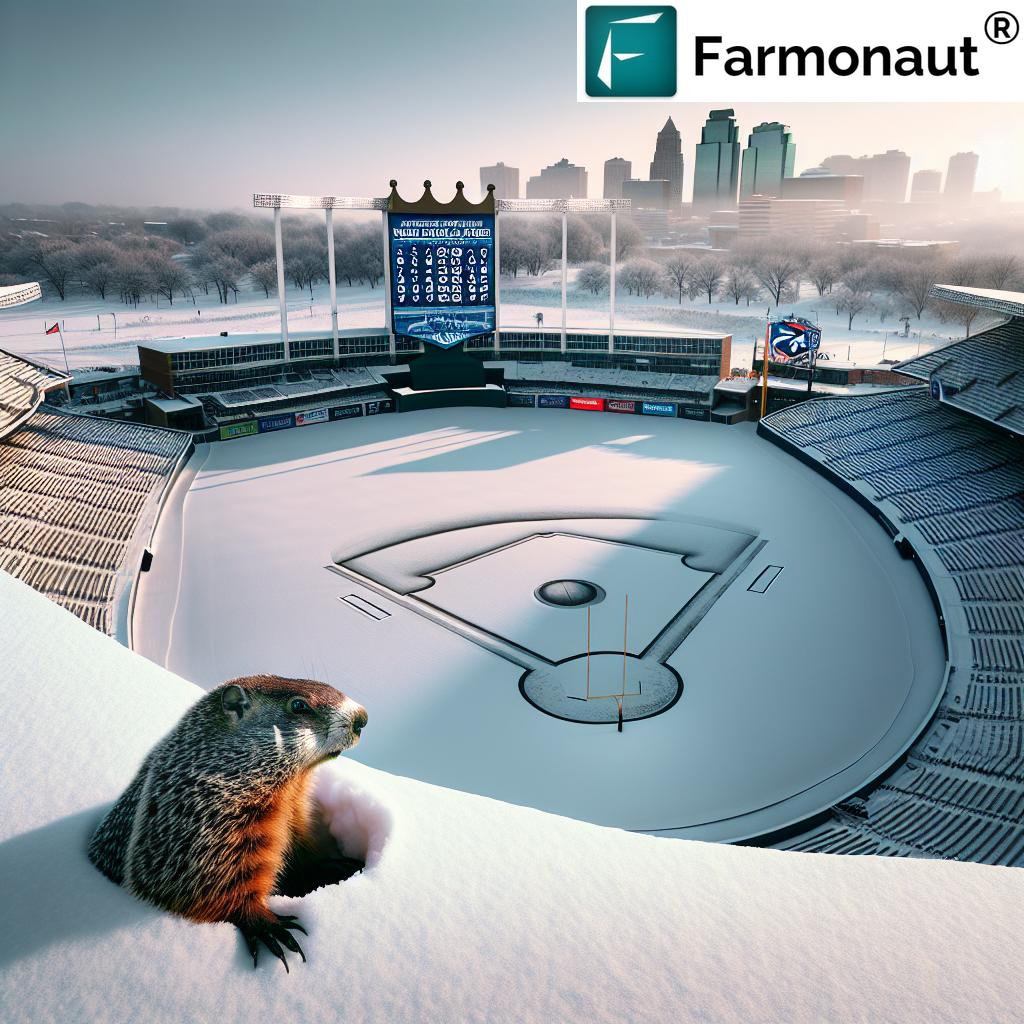
“George Toma, known as the ‘Sod God,’ has prepared fields for all 57 Super Bowls, spanning over five decades.”
The Groundhog’s Shadow: A Meteorological Marvel or Mischievous Myth?
As winter’s chill lingers in the air, our attention turns to Punxsutawney, Pennsylvania, where a furry forecaster named Phil is about to make his annual weather prediction. Groundhog Day, celebrated on February 2nd, is a beloved American tradition that has captured the imagination of people across the nation. But just how accurate is this rodent’s winter forecast?
Let’s dig into the dirt on this peculiar prediction method:
- The tradition stems from the Pennsylvania Dutch community, who brought the custom from Germany.
- If Phil sees his shadow, legend has it that we’re in for six more weeks of winter.
- No shadow? Rejoice! An early spring is supposedly on its way.
However, when we look at the weather prediction accuracy of our furry friend, the results are less than impressive. Studies have shown that Punxsutawney Phil’s forecasts are correct only about 39% of the time. That’s worse than flipping a coin!
While we cherish this charming tradition, it’s clear that when it comes to reliable weather forecasts, we need to look beyond the burrow. This is where modern meteorological methods and advanced technology come into play, offering far more accurate predictions for both short-term and long-range weather patterns.
From Folklore to Forecasting: The Science Behind Weather Predictions
As we transition from groundhog folklore to scientific meteorology, it’s fascinating to see how far we’ve come in understanding and predicting weather patterns. Modern weather forecasting relies on a complex interplay of atmospheric science, advanced technology, and data analysis.
Here’s a glimpse into the tools and techniques used by today’s meteorologists:
- Satellite imagery for tracking large-scale weather systems
- Doppler radar for monitoring precipitation and storm movements
- Weather balloons for collecting data on temperature, humidity, and wind at various altitudes
- Supercomputers for processing vast amounts of data and running predictive models
These scientific methods have dramatically improved our ability to forecast weather, with five-day predictions now boasting an accuracy rate of around 80%. This level of precision is crucial for various sectors, including agriculture, where timely and accurate weather information can make or break a harvest.
Speaking of agriculture, it’s worth noting how technology is revolutionizing this field. Companies like Farmonaut are at the forefront of this agricultural revolution, offering satellite-based farm management solutions that provide real-time crop health monitoring and weather insights. By leveraging such advanced tools, farmers can make more informed decisions about planting, irrigation, and harvest times, ultimately improving yields and reducing resource waste.
The “Sod God” and Super Bowl Legacy
While Punxsutawney Phil may be the star of Groundhog Day, there’s another legend whose impact on American sports culture is far more tangible – George Toma, affectionately known as the “Sod God.” As we shift our focus from weather prediction to sports turf management, we enter a world where the science of soil meets the art of athletic perfection.
“Groundhog Day predictions have only been accurate 39% of the time, making meteorologists significantly more reliable forecasters.”
George Toma, celebrating his 96th birthday on the same day as Groundhog Day, has left an indelible mark on the world of sports groundskeeping. His journey from the Wyoming Valley to becoming a legendary figure in sports turf management is a testament to the American dream and the power of dedication.
- Toma has been the head groundskeeper for all 57 Super Bowls
- His expertise has shaped the playing fields of numerous major sporting events
- He’s known for his meticulous attention to detail and innovative techniques
Toma’s influence extends far beyond the Super Bowl. He has trained countless groundskeepers across the country, instilling in them the importance of hard work and excellence. His legacy is evident in the immaculate playing surfaces seen in stadiums nationwide.
From Wyoming Valley to Kansas City: A Cultural Journey
George Toma’s story is not just about grass and soil; it’s a narrative that weaves together the diverse cultural threads of America. Born in the Wyoming Valley of Pennsylvania, Toma carries with him the values and traditions of his upbringing, even as he’s become a fixture in Kansas City.
His reminiscence about his grandmother’s kielbasa and other Polish foods speaks to the enduring influence of his heritage. This connection to his roots, combined with his professional success, exemplifies the American cultural mosaic – where traditions from the old world blend seamlessly with new opportunities and innovations.

As we consider Toma’s journey, it’s worth noting how technology is bridging gaps between traditional practices and modern innovations, much like Toma has done in his field. For instance, Farmonaut’s API allows developers to integrate cutting-edge satellite and weather data into agricultural systems, marrying time-honored farming wisdom with state-of-the-art technology.
The Art and Science of Sports Turf Management
Sports field maintenance is a complex discipline that combines agronomic science with athletic performance requirements. The work of groundskeepers like George Toma involves a deep understanding of:
- Soil composition and drainage
- Grass varieties and their specific needs
- Climate adaptation and weather impacts
- Player safety and performance optimization
The goal is to create a playing surface that is not only visually appealing but also safe and consistent for athletes. This requires constant monitoring and adjustment, much like the precision agriculture techniques employed by modern farmers.
In fact, the principles of sports turf management share similarities with precision agriculture. Both fields rely on data-driven decisions to optimize growth conditions. Tools like Farmonaut’s satellite imagery and weather data can be invaluable not just for farmers, but potentially for groundskeepers as well, offering insights into vegetation health and soil moisture levels.
Super Bowl Preparations: Where Tradition Meets Innovation
As the Super Bowl approaches, the spotlight on field conditions intensifies. The meticulous preparation of the playing surface is a testament to the evolution of sports turf management. Here’s what goes into creating the perfect Super Bowl field:
- Months of advance planning and soil preparation
- Careful selection and nurturing of grass varieties
- Implementation of advanced drainage and irrigation systems
- Constant monitoring of soil and grass health
- Fine-tuning based on weather forecasts and expected game conditions
This level of care and attention to detail mirrors the precision required in modern agriculture. Just as farmers use technology to monitor their crops, groundskeepers employ various tools to ensure the field is in peak condition for the big game.
The Intersection of Weather, Culture, and Sports
As we’ve explored, the convergence of Groundhog Day and George Toma’s birthday on the eve of the Super Bowl creates a unique lens through which to view American culture. It’s a blend of whimsical tradition, scientific advancement, and sporting excellence – all influenced by the ever-present factor of weather.
This intersection reminds us of the complex relationships between:
- Cultural traditions and scientific progress
- Natural phenomena and human ingenuity
- Local heritage and national events
Whether it’s a groundhog predicting the weather or a groundskeeper preparing a field, we see how deeply intertwined our cultural practices are with our understanding and management of the natural world.
In the realm of agriculture, this intersection is particularly evident. Farmers have always relied on a combination of traditional knowledge and modern science to cultivate their crops. Today, they can enhance their practices with tools like the  or the
or the  , which provide satellite-based insights for better crop management.
, which provide satellite-based insights for better crop management.
The Future of Predictions: From Groundhogs to Ground-Based Tech
As we look to the future, it’s clear that while charming traditions like Groundhog Day will always have a place in our culture, our reliance on scientific methods for weather prediction and land management will only grow. The integration of technology in fields like meteorology, agriculture, and even sports turf management is pushing the boundaries of what’s possible.
Consider these advancements:
- AI-powered weather models that can predict patterns with increasing accuracy
- Satellite imagery providing real-time data on crop health and soil conditions
- IoT sensors in sports fields offering instant feedback on turf conditions
These technologies are not just improving predictions; they’re transforming how we interact with and manage our environment. For instance, Farmonaut’s platform offers features like AI-based advisory systems and blockchain-based traceability, which are revolutionizing farm management practices.
Embracing Tradition While Advancing Technology
As we celebrate both the whimsy of Groundhog Day and the precision of modern groundskeeping, we’re reminded of the beautiful balance between tradition and innovation in American culture. This balance is evident in many aspects of our lives, from the way we predict weather to how we manage our crops and sports fields.
The story of George Toma, rising from his roots in the Wyoming Valley to become a national figure in sports turf management, parallels the journey of many innovations in agriculture and land management. It’s a testament to the American spirit of innovation and the power of blending traditional knowledge with cutting-edge technology.
As we look forward to the Super Bowl and beyond, let’s appreciate the complex interplay of culture, science, and sport that makes events like these so captivating. And while we may still tune in to see if Punxsutawney Phil sees his shadow, we can also marvel at the advanced technologies that are shaping our understanding and management of the world around us.
Whether you’re a weather enthusiast, a sports fan, or a farmer looking to optimize your crop yield, there’s never been a more exciting time to engage with the natural world. Tools like Farmonaut’s satellite-based farm management solutions are making precision agriculture more accessible than ever, allowing us to honor our agricultural traditions while embracing the future of farming.
Earn With Farmonaut: Affiliate Program
Earn 20% recurring commission with Farmonaut’s affiliate program by sharing your promo code and helping farmers save 10%. Onboard 10 Elite farmers monthly to earn a minimum of $148,000 annually—start now and grow your income!
Comparative Analysis: Groundhog Day vs. Modern Weather Forecasting
| Aspect | Groundhog Day Method | Modern Weather Forecasting |
|---|---|---|
| Accuracy Rate | ~39% (estimated) | ~80% for 5-day forecasts (estimated) |
| Time Frame | 6 weeks | Hours to weeks, depending on the forecast |
| Tools Used | Groundhog, tradition | Satellites, radar, computer models |
| Scientific Basis | Folklore | Meteorology, atmospheric science |
| Cultural Significance | High – annual celebration | Practical – daily use in planning |
Conclusion: Bridging Tradition and Technology
As we’ve explored the fascinating convergence of Groundhog Day traditions, Super Bowl groundskeeping, and modern weather forecasting methods, we’re reminded of the rich tapestry of American culture. From the charming folklore of Punxsutawney Phil to the scientific precision of satellite-based weather predictions, we see a nation that values both its heritage and its drive for innovation.
George Toma’s legacy in sports turf management exemplifies this blend of traditional wisdom and modern techniques. His journey from the Wyoming Valley to becoming the “Sod God” of the Super Bowl mirrors the broader American story of growth, adaptation, and excellence.
As we look to the future, it’s clear that while we’ll always have a place for beloved traditions like Groundhog Day, our reliance on scientific methods and advanced technologies will continue to grow. In fields ranging from meteorology to agriculture, innovations are constantly pushing the boundaries of what’s possible.
Companies like Farmonaut are at the forefront of this technological revolution in agriculture, offering farmers the tools they need to make data-driven decisions and optimize their crops. By embracing these advancements, we can honor our agricultural heritage while ensuring a sustainable and productive future for farming.
Whether you’re checking the weather forecast for your backyard barbecue, watching the Super Bowl on a meticulously prepared field, or managing a farm with satellite-based insights, remember that you’re part of a long tradition of human ingenuity and adaptability. As we continue to blend the old with the new, we create a richer, more resilient culture that can face the challenges of tomorrow while cherishing the wisdom of yesterday.
FAQ Section
Q: How accurate are Punxsutawney Phil’s weather predictions?
A: Punxsutawney Phil’s predictions have an estimated accuracy rate of only about 39%, which is less reliable than modern meteorological forecasts.
Q: Who is George Toma and why is he significant?
A: George Toma, known as the “Sod God,” is a legendary groundskeeper who has prepared the fields for all 57 Super Bowls. He’s renowned for his expertise in sports turf management.
Q: How does modern weather forecasting compare to traditional methods?
A: Modern weather forecasting, using satellites, radar, and computer models, is significantly more accurate than traditional methods, with five-day forecasts having about 80% accuracy.
Q: What role does technology play in modern agriculture?
A: Technology plays a crucial role in modern agriculture, with tools like satellite imagery, AI-powered advisory systems, and precision farming techniques helping farmers optimize crop yields and resource management.
Q: How does sports turf management relate to agriculture?
A: Sports turf management and agriculture share many principles, including soil health management, plant care, and the use of data-driven decision-making to optimize growth conditions.




